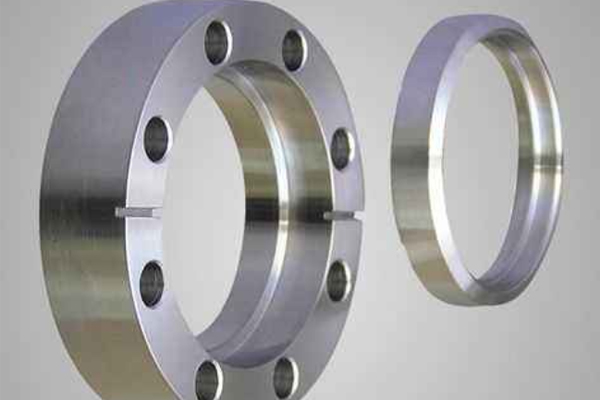Introduction of non-standard flanges
Non-standard flange is a kind of flange relative to the national standard or some foreign standards. Because the standard flange can not meet the requirements of use in some special occasions, it is necessary to transform and improve some standard flanges. Non-standard flange is produced, and there are requirements in the design of non-standard flange.
Chemical equipment shells may be manufactured by casting, forging, or welding, or by making several parts and then assembling them in a detachable connection. This structure is on the one hand, the design process operation in the opening of the connection needs, on the other hand is also for the manufacture, installation and maintenance of convenience. There are many removable connection structures in chemical equipment, such as threaded connection, socket connection and flange connection.
From the design point of view, the bolted flange connection to consider as a system, and the leak as a design criterion, should be reasonable, but for years the design of the study showed that due to the complexity of gasket performance anomalies, experience less than at this time, so now the flange design is based on considering from strength, namely to control the stress of flange is the design.
From a design point of view, flanges can be divided into three types:
1. Loose flange means that the flange is not directly fixed on the shell or fixed but can not guarantee that the flange in the shell as a whole to bear the bolt load structure.
2. Integral flange, that is, the flange is forged or cast into one body in the shell, or welded flange is used to become one body in the shell.
3. Any flange, from the perspective of structure, this flange is connected with the shell as a whole, and the rigidity is worse than the overall flange.
No matter what kind of flange, its design strength calculation method can include two basic problems: one is that the parts in the flange connection structure must have enough strength. Second, the connection itself must be guaranteed to seal.
